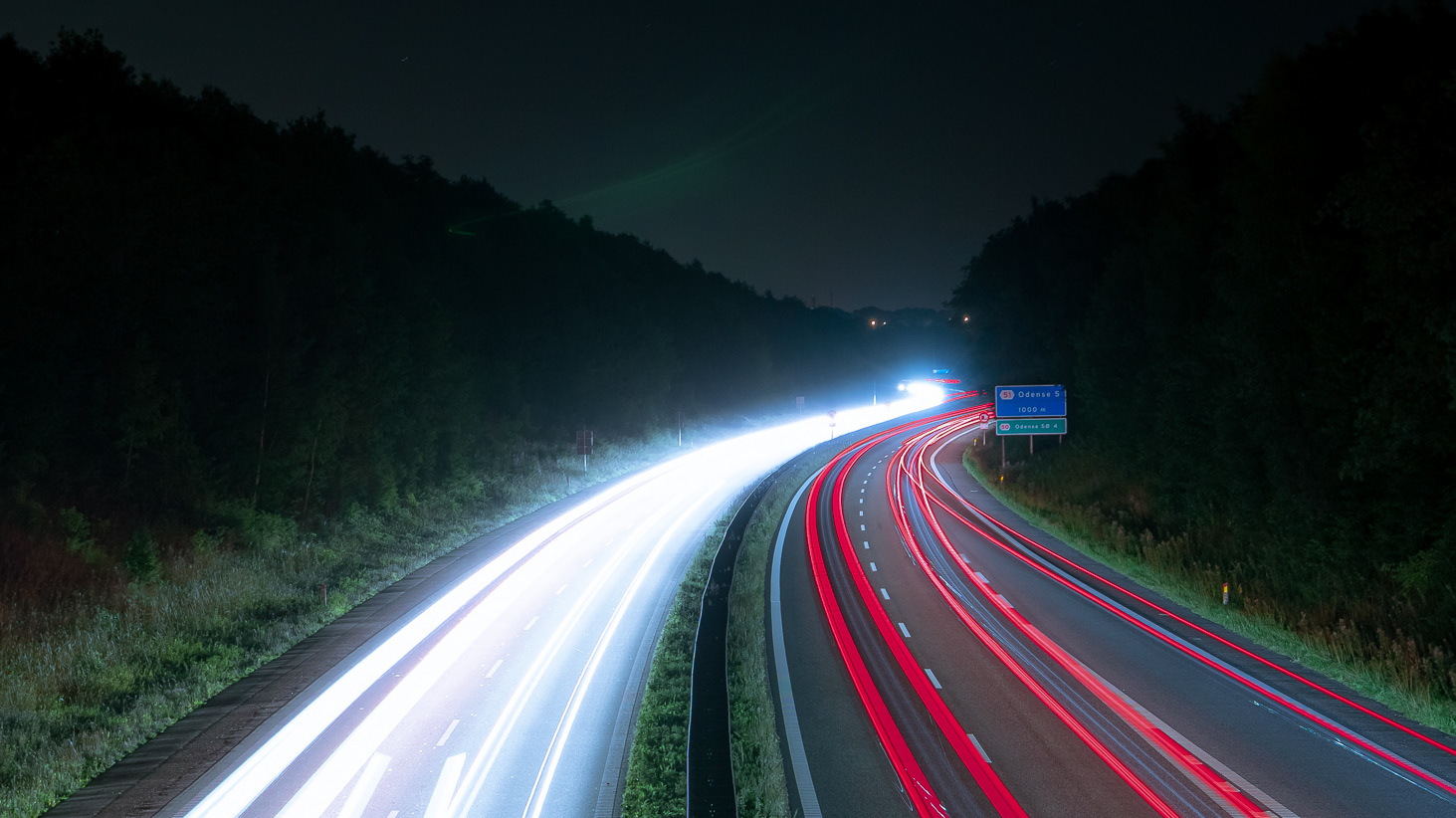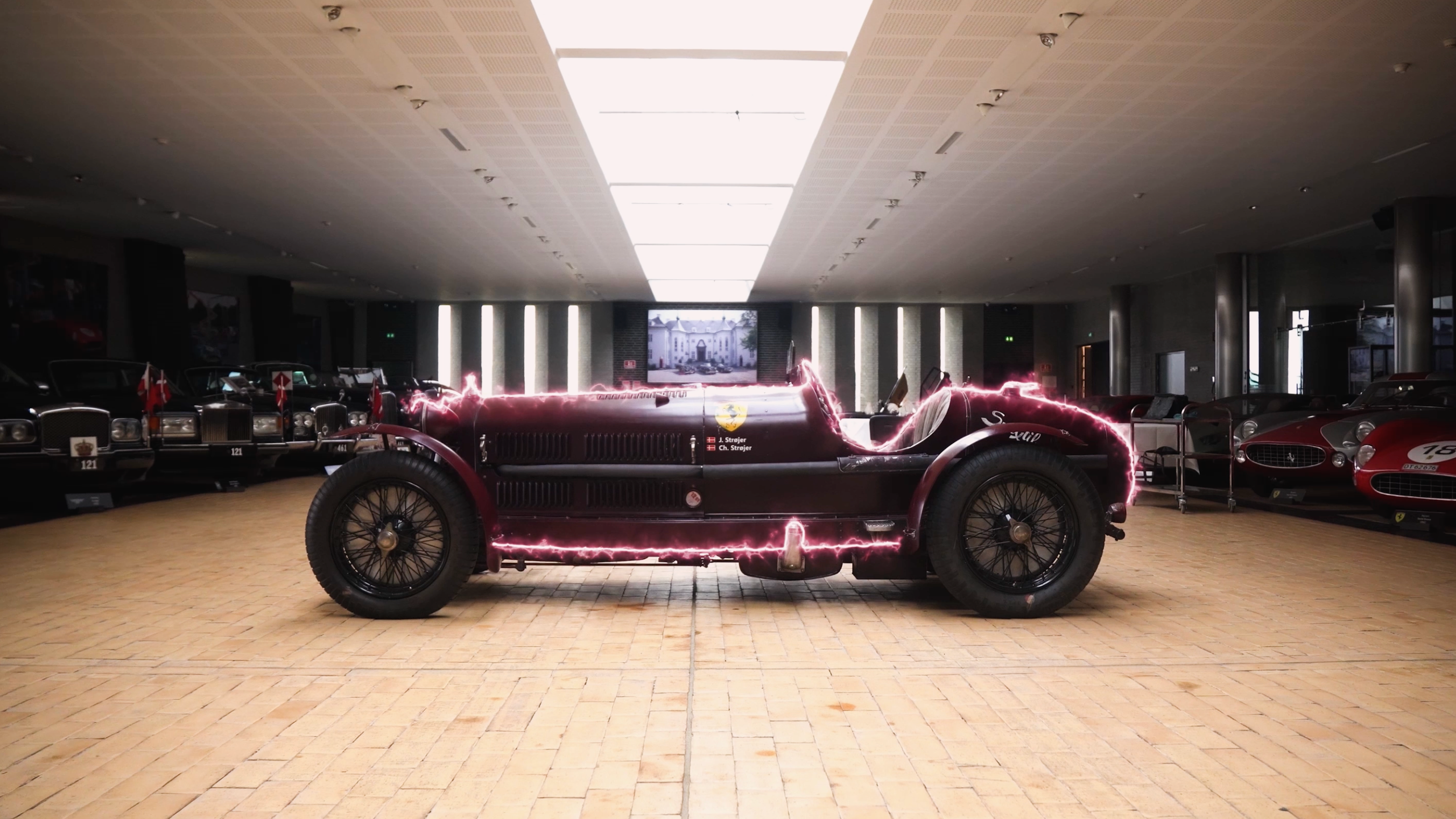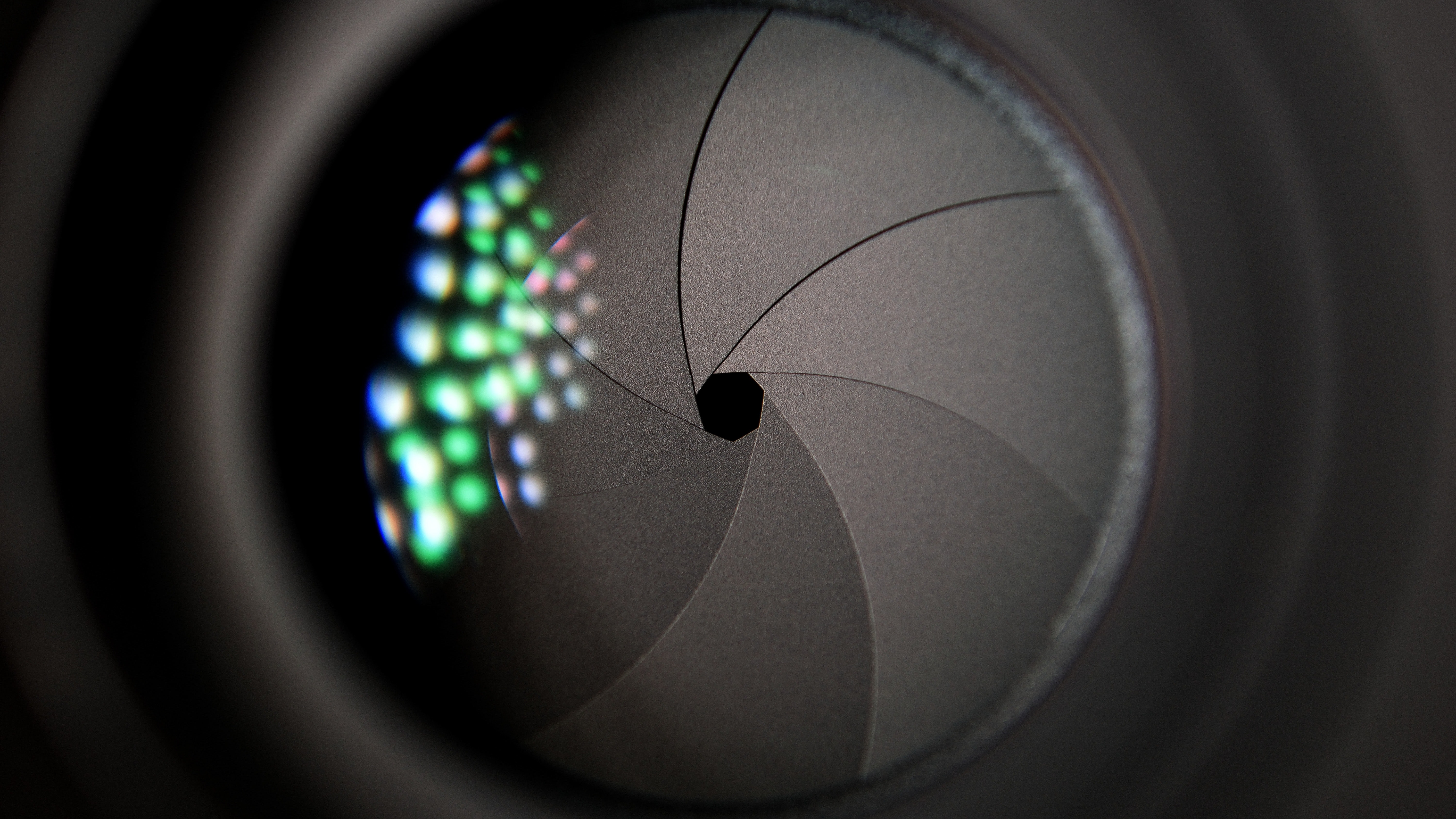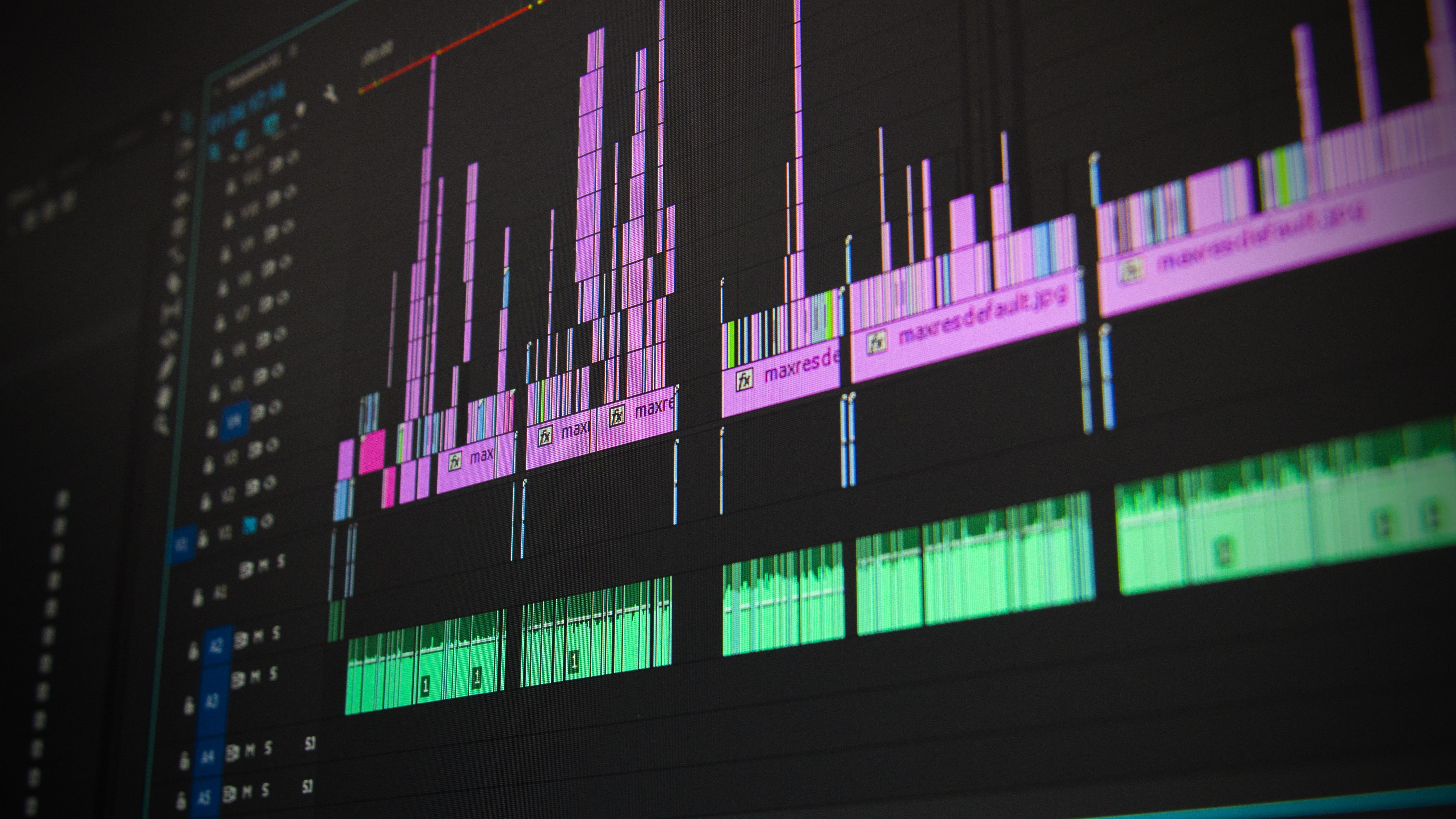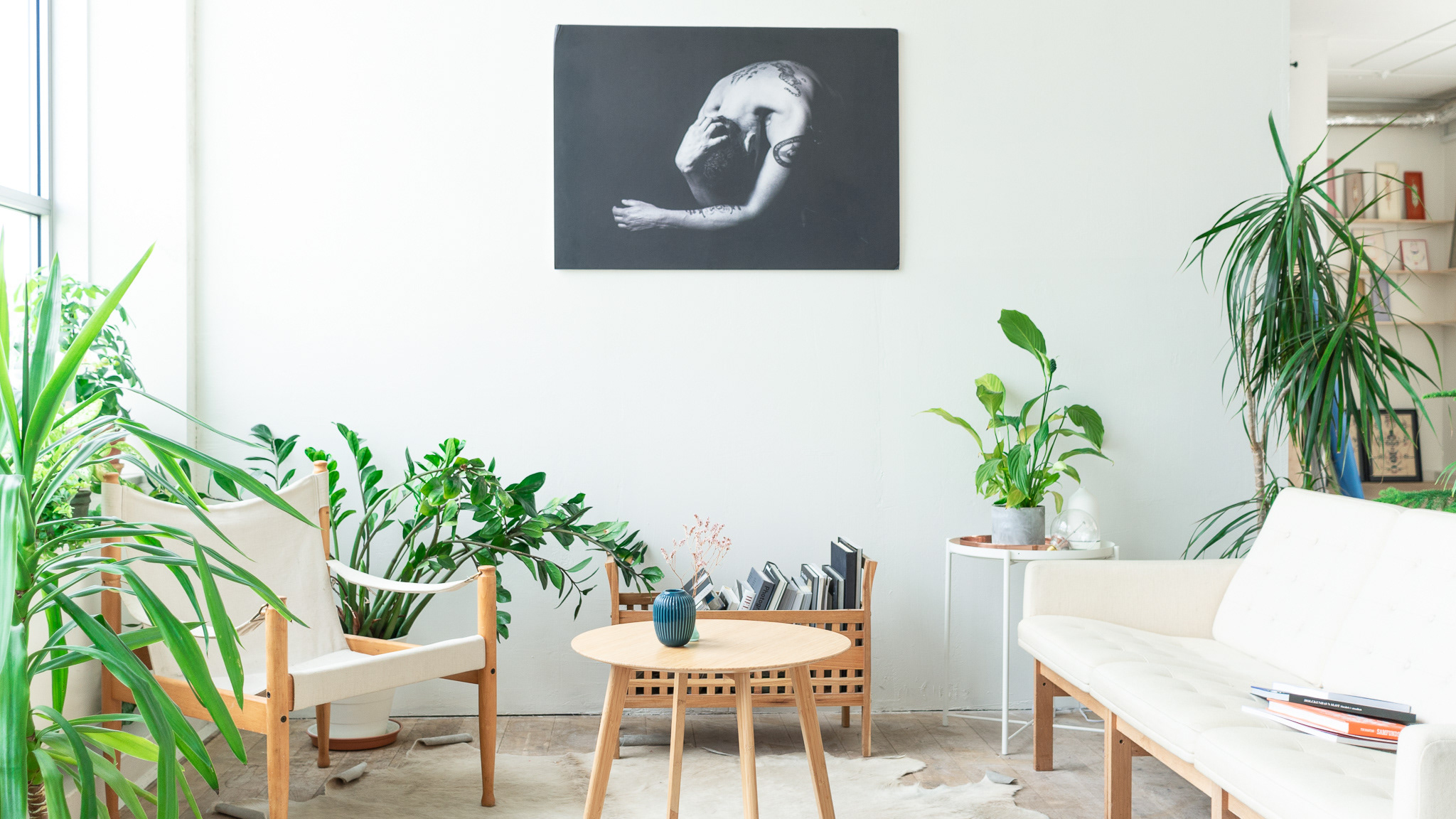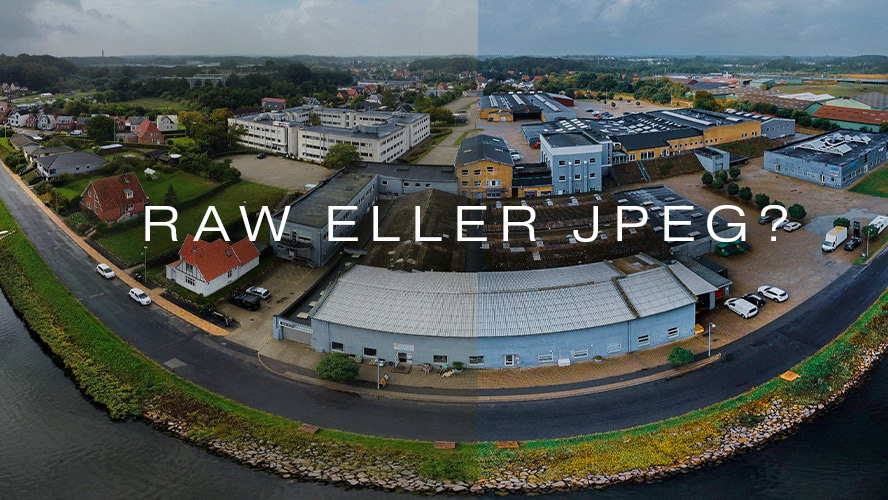Mastering Landscape Photography: A Guide to Capturing Stunning Images
Equipment Essentials
Before you head out into the field, it's essential to have the right equipment. A high-quality camera is, of course, the foundation of any great landscape photography setup, but there are a few other pieces of gear that can make a big difference in the quality of your shots. A tripod is an absolute must, as it provides a stable base for your camera and allows you to take sharp, blur-free photos, even in low light. A wide-angle lens is also a good investment, as it allows you to capture more of the scene in your frame. Additionally, a circular polarizer and neutral density filters can help you achieve better exposure and color saturation in your shots.
Understanding Light and Exposure
One of the most critical aspects of landscape photography is understanding how to work with light and exposure. The quality of light changes throughout the day, and you'll need to know how to adjust your settings to accommodate these changes. For example, during the golden hour (the hour or so before sunset or after sunrise), the light is soft, warm, and ideal for capturing stunning landscape shots. In contrast, during mid-day, the light is often harsh and requires a different approach. Understanding how to meter and expose your shots correctly is key to getting the best results, so it's worth taking the time to learn about this aspect of photography.
Golden Hour
One of the most beautiful times to take photos is during the golden hour, which is the hour after sunrise and the hour before sunset. During this time, the light is soft and warm, casting long shadows and creating a warm, golden glow that is perfect for landscape photography.
Blue Hour
Another great time for landscape photography is during the blue hour, which is the period of twilight between sunset and dusk. During this time, the sky turns a deep blue color, providing a beautiful backdrop for your photos.
Composition and Framing
While the above tips will help you get started with landscape photography, it's also important to be mindful of the specific conditions you're shooting in. For example, shooting in foggy or misty conditions requires a different approach than shooting in bright sun. Similarly, shooting in the rain or snow requires you to protect your equipment and adjust your settings accordingly. The key is to be flexible and adaptable, and to be willing to experiment with different techniques to see what works best for you.
Rule of Thirds
The rule of thirds is a simple but powerful compositional tool that can help you create balanced and dynamic images. Simply imagine dividing your frame into three equal parts both vertically and horizontally, and place your subject along the lines or at the intersections.
Leading Lines
Leading lines are a great way to guide the viewer's eye through the image and create a sense of depth and movement. Look for natural lines, such as roads, rivers, and fences, and use them to lead the eye to your subject.
Foreground Interest
Including foreground interest in your images can add depth and dimension to your photos. Look for interesting elements, such as rocks, plants, or reflections, and place them in the foreground to add interest and draw the viewer's eye into the image.
Choosing the Right Equipment
Having the right equipment can make a big difference in your landscape photography, and there are a few key pieces of gear that you should consider investing in.
Camera
A high-quality camera is essential for landscape photography, and there are many great options to choose from. Look for a camera with a high resolution, fast autofocus, and good low-light performance.
Lenses
Lenses are another important piece of equipment in landscape photography, and you will want to have a variety of lenses to choose from depending on the scene and your subject. A wide-angle lens is a must-have for landscape photography, as it allows you to capture a wide view of the scene.
Tripod
A sturdy tripod is essential for landscape photography, as it will help you keep your camera steady and prevent blur from camera shake. Look for a tripod that is lightweight and easy to carry, but also sturdy enough to support your camera and lens.
The Importance of Post-Processing
Finally, it's worth mentioning that post-processing plays an important role in the final result of your landscape photos. Whether you're using Lightroom, Photoshop, or another editing software, you can make a big difference in the look and feel of your images by adjusting things like exposure, color balance, and saturation. The key is to be mindful of the overall aesthetic you're trying to achieve and to make subtle, intentional adjustments that enhance your shots.
With these tips and techniques in mind, you're well on your way to capturing stunning landscape photos that will captivate your viewers and help you stand out from the crowd.
Enjoy your shooting!

